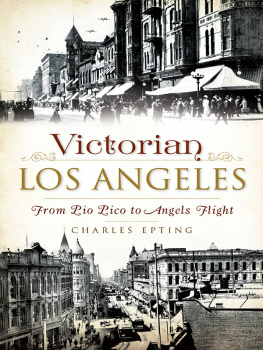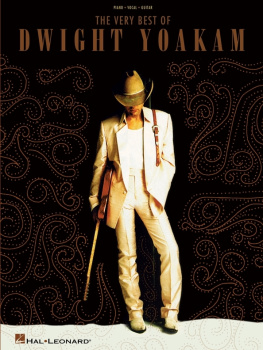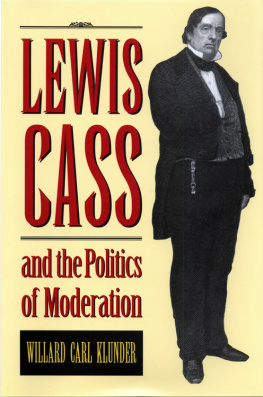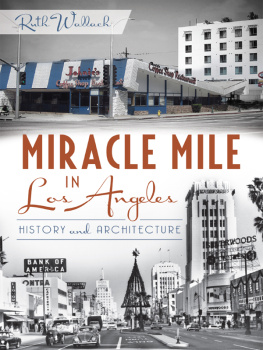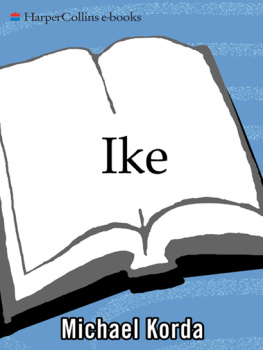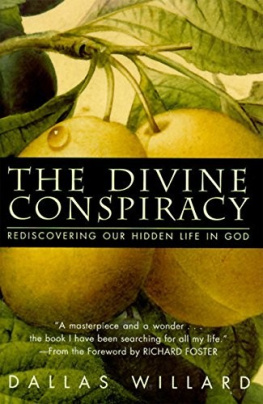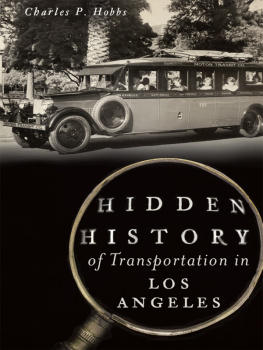Preface
The career of a city contains as much good material, out of which an entertaining history may be constructed, as does the life of an individual, or the development of a nation; but, for some reason, it has come to pass in America that the preparation of city, or "local", history has usually fallen into the hands of schemers who exploit the "prominent" citizen for his biography, and throw in something of a narrative, merely as an apology for the book's existence. The volume thus produced is a huge unwieldy affair, that circulates only among the hundred or two victims, and is not read even by them, except as to the pages where each one finds the story of his life set forth in a flamboyant and patronizing style. It not infrequently happens that in the history portion of these monstrosities there will be found evidence of careful, conscientious work on the part of the (usually anonymous) writer, but it is buried under such a mass of rubbish, and the volume itself enjoys such a limited circulation, that the judicious reader grieves to see such good labor wasted.
The experience of Los Angeles in the matter of local history has been no different from that of other American municipalities. Of these biographical albums there has been no lack; they have come in cycles of every seven years. Two of these have been as far as the history portion is concerned considerably above the average standard. That of Thompson & West, written by J, Albert Wilson, and appearing in 1880, gave subsequent students cause of gratitude for the amount of valuable material gathered together and preserved. One published by the Chapman Company in 1900 contains a history written by that conscientious and devoted searcher in the local field, J. M. Guinn, Secretary of the Los Angeles Historical Society. Mr. Guinn's portion of the volume is an admirable piece of work, but the 780 pages of biography that accompany it contribute to the document a weight of ten pounds and very little else.
The present book is an attempt to supply in convenient and portable shape the material facts in the history of Los Angeles city. It contains nothing in the form of paid or biographical matter (strange that such a statement should be needed!), and it is offered for sale at the bookshops on its merits as a book. The writer lays no claim to any great amount of original research, his work being chiefly that of collecting, arranging and presenting in logical order the established facts. As the volume employs only 80,000 words to cover a period of nearly a century and a half, there is not much opportunity for detail work. It is, however, carefully indexed.
The work was undertaken by the writer partly on the suggestion of Mr. R. H. Chapman of the Los Angeles Herald, and it was published during the months from July to December (1901) in the Sunday magazine of that excellent journal. It is for that reason called the Herald's History of Los Angeles.
The writer desires to express his thanks to the following: Miss Anna B. Picher of Pasadena, who read the manuscript, and assisted in collecting the pictures, and whose advice and suggestions were of great value; Homer P. Darle of the Stanford Faculty, who also read the manuscript; Mrs. J. D. Hooker, whose beautiful collection of Mission photographs (never before published) were placed at the author's service; Miss Jones, librarian, and Miss Beckley, her assistant; Harry E. Brook, W. S. Hogaboom, Miss Bertha H. Smith, J. M. Guinn, D. O. Anderson, G. G. Johnson, C. C. Pierce, and Putnam & Valentine.
Chapter 1. Sons Of The Soil
The original name of Los Angeles was Yang-na, and its population consisted of about 300 human creatures barely above the animal plane. They were called Indians, a general term bestowed by the discoverers of this continent upon all aborigines, although those in Los Angeles bore no more resemblance to the brave and intellectual Iroquois and Tuscaroras than the Turk does to his fellow-European in London. They were undersized and squat in stature, of a dingy brown color, with small eyes, flat noses, high cheekbones and large mouths. The general cast of their features was Asiatic rather than Indian, and although the trivial character of their institutions, and the meagerness of their language makes it quite impossible to classify them ethnologically, it is evident that they are more nearly related to the Alaskan and Aleutian tribes that crossed from Asia when the northern rim of the continent was yet unbroken by the sea, than to the distinctively American Indian of the eastern coast and the interior valleys.
The center of Yang-na was somewhere about the corner of Commercial and Alameda streets and it straggled south as far as First street, and north to some point near Aliso. California Indian villages had a habit of creeping about, due to a peculiar, but, on the whole, commendable practice of their residents. The huts were small, insubstantial affairs, constructed of light poles, bound together and interlaced with twigs and tules. The dwellings of the more fastidious were sometimes roughly plastered with mud. Now when one of these habitations was completely overrun with parasitical insects of all sorts the householder would order his wife to fill the place with dry leaves and branches, and, having himself secured a torch from the vanquech, or temple, where the embers smoldered continually, but where women were not admitted, he would then set fire to the house and cremate its many-legged inhabitants. A new dwelling was presently erected in the vicinity of the old one; sometimes it was built on the same spot, as soon as the ashes were cooled.
There were from 25 to 30 of these Indian villages scattered about Los Angeles county, the largest being at San Pedro or Wilmington, which was said to contain 500 people. Probably 4000 of the aborigines were to be found in the district bounded by the mountains, the sea, and the San Gabriel river, this being one of the most thickly settled portions of the state. Each village was a tribe in itself, possessing its own chief, its specific manners and customs, and, in many cases, its own individual language. There were not many of the missionaries that took pains to study the Indian tongue, but one who did so declared that there were seventeen absolutely distinct languages in Alta California, besides several hundred different dialects, some of the latter being, in effect, separate languages. A few hundred words comprised the whole of their vocabulary, and their talk seemed to the Spaniards to be made up of gruntings and slobberings.
The people of Yang-na were probably on friendly terms with the people of the neighboring villages at Pasadena, San Gabriel, Cahuenga and Clearwater. They were too timid and too indolent to fight unless the occasion was urgent. When some foreign tribe or combination of tribes undertook to enter and seize their lands, they would fight like rats in a trap, for to leave their homes meant death. They had bows and arrows that were well made, and their marksmanship seemed to the Spaniards extraordinary, but it was probably no better than that of most savages. There were sometimes bitter feuds between adjoining tribes that lasted for many generations, but actual conflict seems to have been rare, a peculiar ceremonial of cursing and extravagant threats being substituted, as less dangerous and perhaps quite as gratifying. Captured enemies after a real battle were put to death with dreadful tortures.



